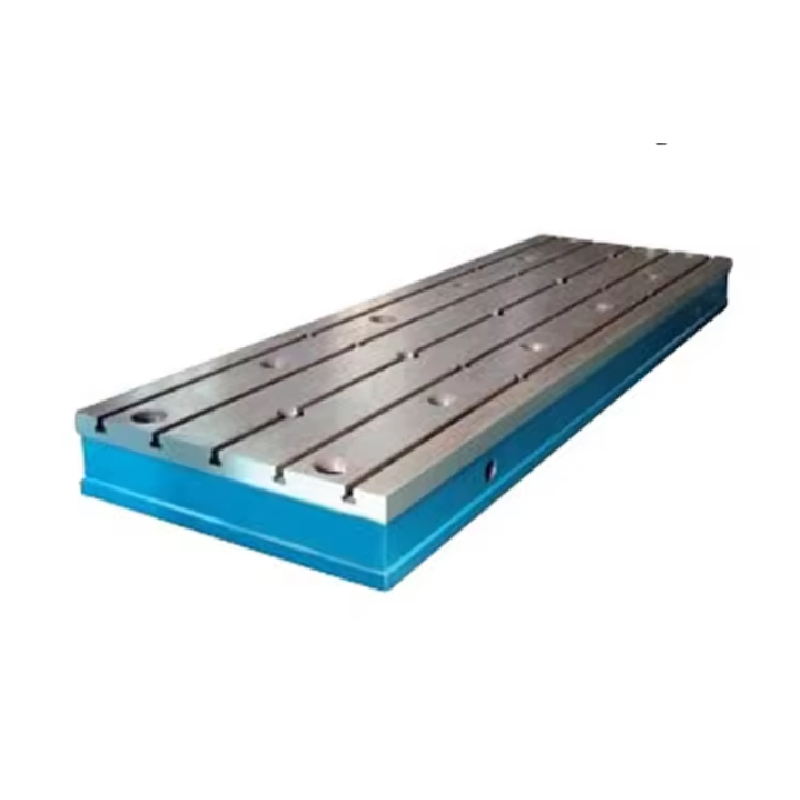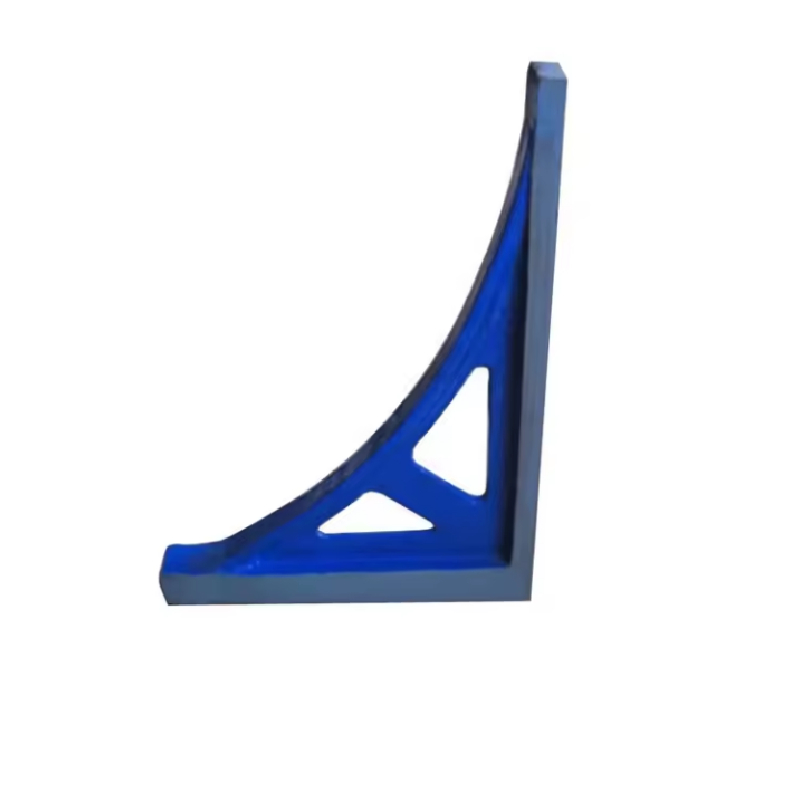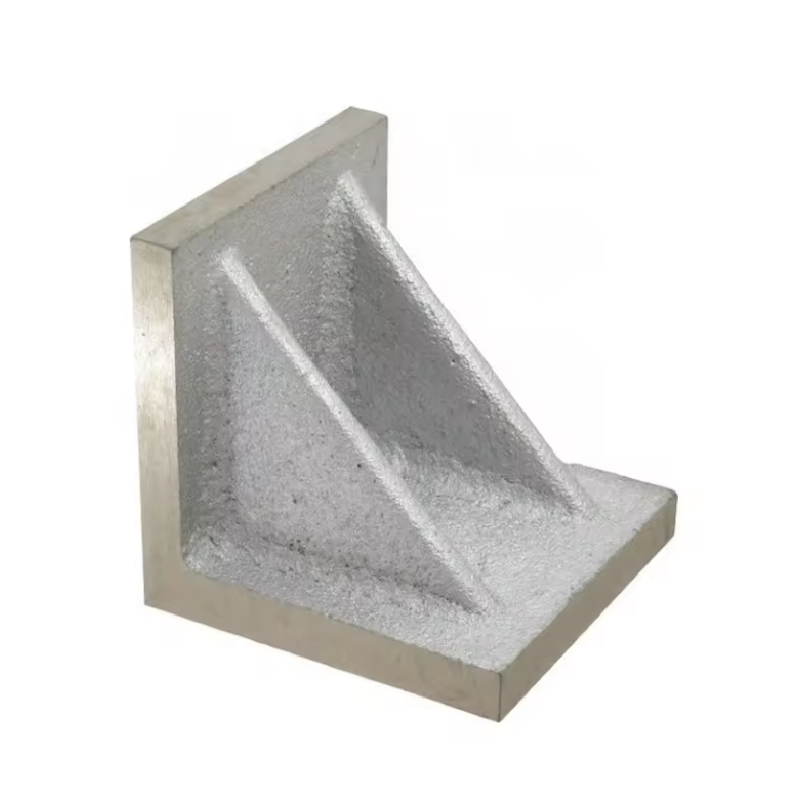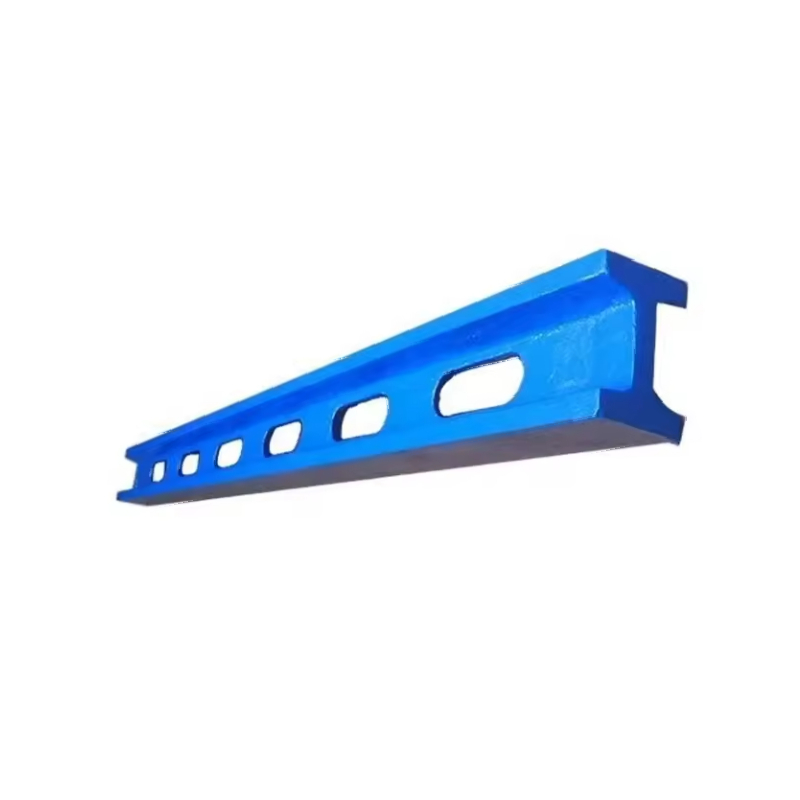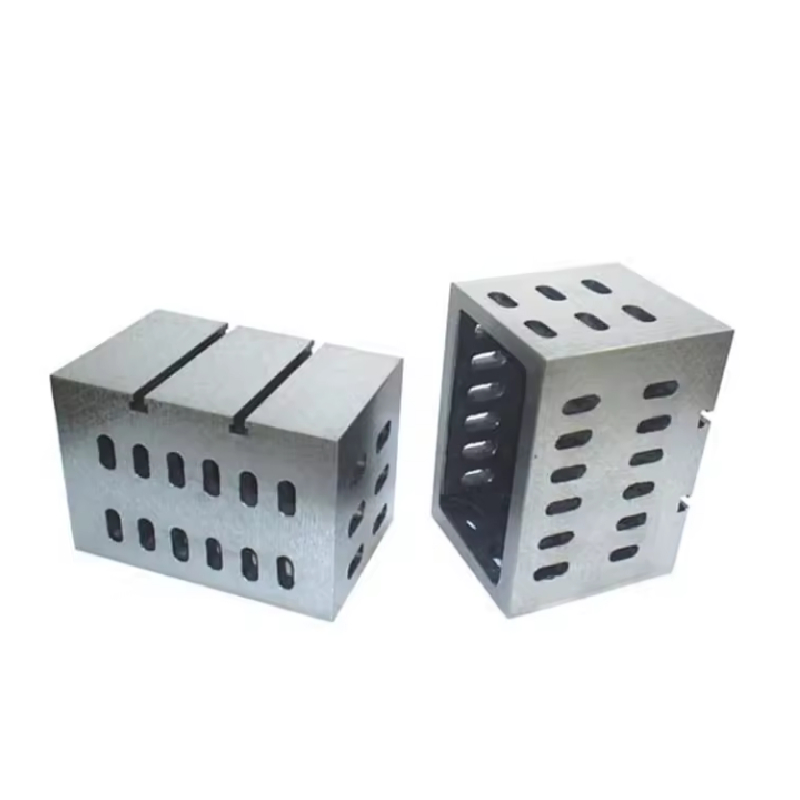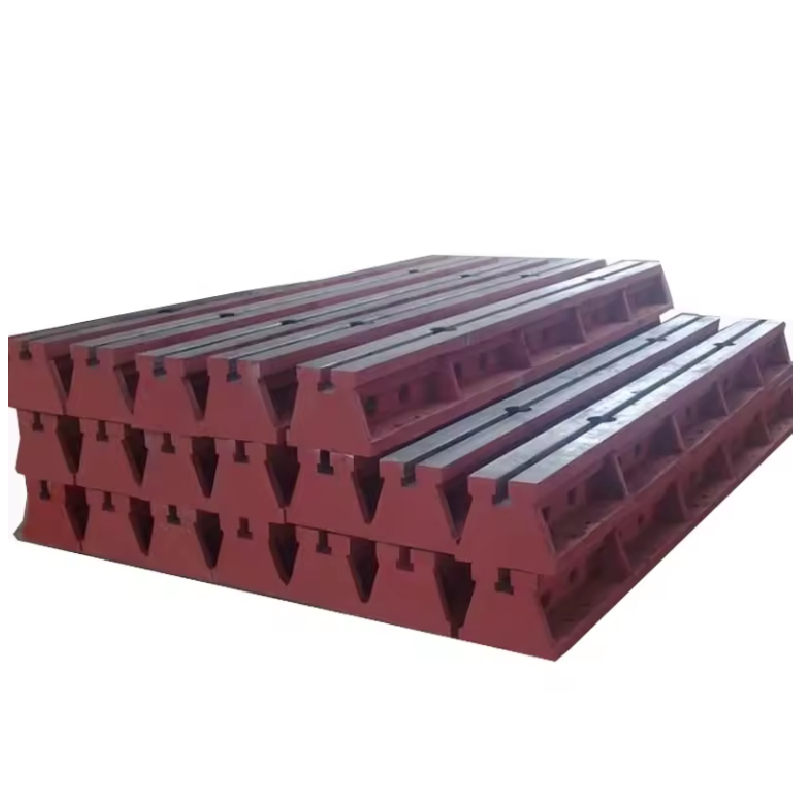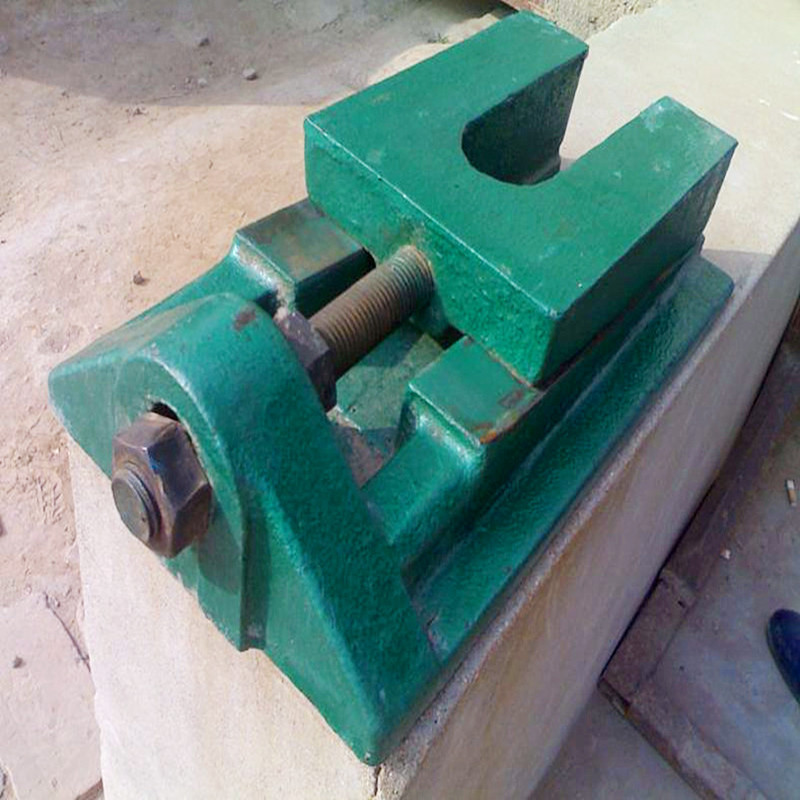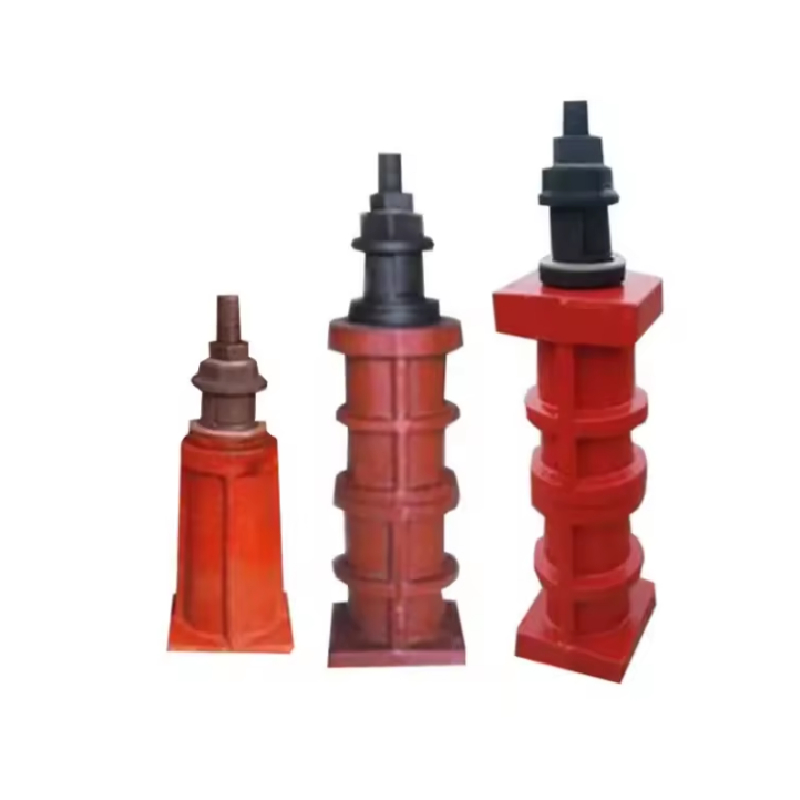Aug . 12, 2024 02:38 Back to list
Exploring Innovative Timber Connector Brackets for Enhanced Structural Support and Design Versatility
Understanding Timber Connector Brackets A Key Component in Structural Engineering
Timber connector brackets are essential components in the realm of structural engineering and construction, particularly when working with wooden structures. These brackets play a crucial role in ensuring the integrity, stability, and longevity of timber assemblies. In this article, we will delve into what timber connector brackets are, their functions, various types, and their overall importance in building projects.
What Are Timber Connector Brackets?
Timber connector brackets are metal components used to connect and support different pieces of timber in construction projects. They are typically designed to enhance the mechanical connection between two or more timber elements, such as beams, joists, or rafters. By ensuring a secure connection, these brackets help distribute loads and resist forces that could lead to structural failure.
Functions and Benefits
The primary function of timber connector brackets is to provide structural support and stability. Here are some of the key benefits they offer
1. Load Distribution Brackets help in evenly distributing loads across connected timber elements. This distribution reduces stress on individual components and enhances the overall structural performance.
2. Resistance to Forces Structural components in buildings are subjected to various forces due to factors such as wind, seismic activity, and other environmental conditions. Timber connector brackets strengthen the connections, making them more resilient to such forces.
3. Ease of Installation Most timber connector brackets are designed for quick and easy installation, often requiring minimal tools. This efficiency helps save time and labor costs during construction.
4. Improved Aesthetics Available in various designs and finishes, timber connector brackets can also serve an aesthetic purpose, enhancing the visual appeal of wooden structures.
timber connector brackets
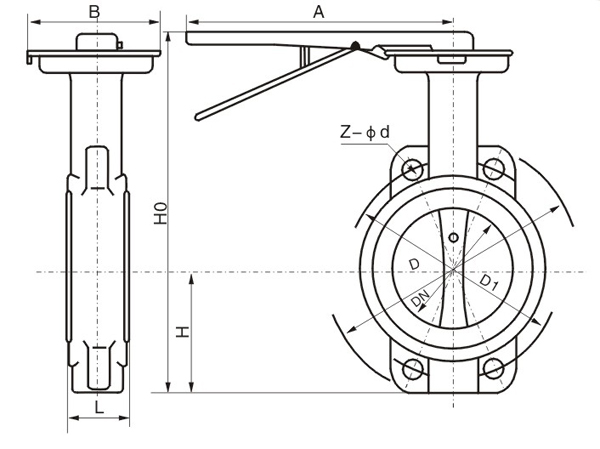
Types of Timber Connector Brackets
There are several types of timber connector brackets, each designed for specific applications
1. Angle Brackets Used to create right-angle connections between two timber elements, angle brackets are versatile and commonly employed in various applications.
2. Tee Brackets Used to connect three timber elements, tee brackets are useful for reinforcing corners or intersections in timber framing.
3. Joist Hangers Specifically designed for supporting horizontal members, joist hangers help secure floor joists to beams, providing additional stability.
4. Post Caps These brackets are used to connect vertical posts to beams and are often employed in deck and pergola constructions.
5. Strap Connectors Thin strips of metal that provide a strong connection along the length of adjoining timbers, strap connectors are used in a variety of applications where additional strength is needed.
Conclusion
Timber connector brackets are indispensable in modern construction, particularly in projects that favor timber as a primary building material. Their ability to enhance stability, distribute loads, and resist environmental forces makes them vital for the structural integrity of buildings. As the demand for sustainable building materials continues to grow, understanding the importance and functionality of timber connector brackets will help both builders and engineers make informed decisions that ensure safe and long-lasting timber structures. By integrating these components effectively, we can continue to innovate in timber construction, balancing aesthetic appeal with structural safety.
-
Water Valve Gate Design Prevents Leakage and CorrosionNewsJul.11,2025
-
Steel Fab Table Features Reinforced Construction for LongevityNewsJul.11,2025
-
Specialized Valve Designs for High Pressure SystemsNewsJul.11,2025
-
Machinist Gauge Pins Feature Ground and Lapped FinishesNewsJul.11,2025
-
Hose Check Valve Prevents Backflow in Irrigation LinesNewsJul.11,2025
-
Durable Micrometer Tools Withstand Heavy Workshop UseNewsJul.11,2025
Related PRODUCTS
